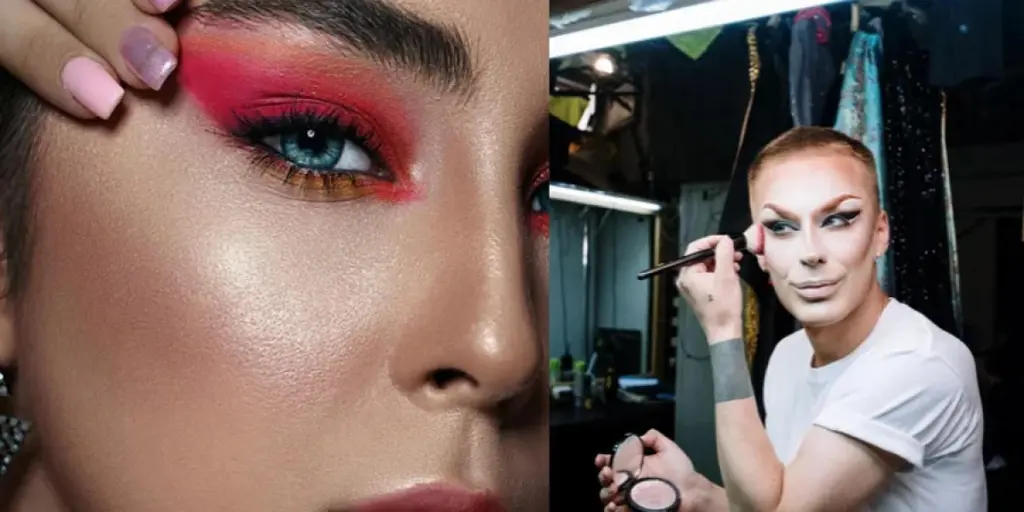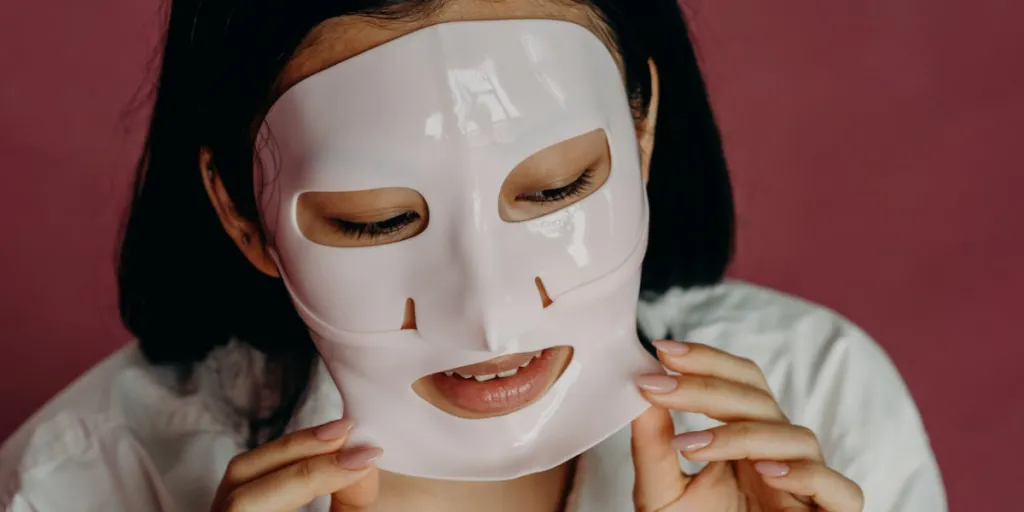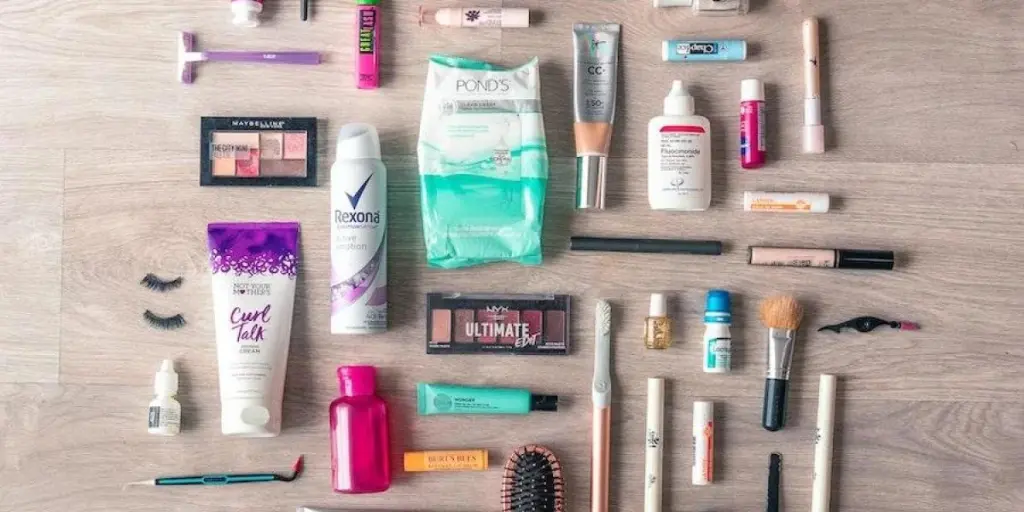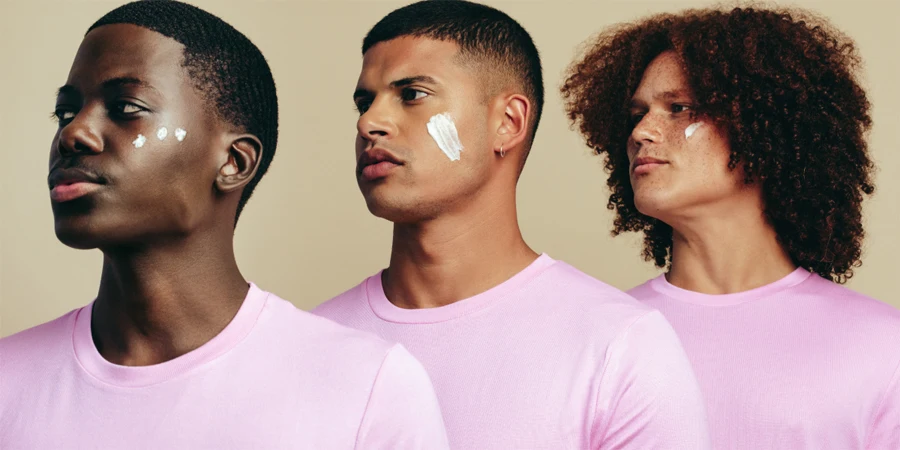With new and innovative product designs that are clean and healthy, the landscape of the beauty industry is changing. In terms of the trends to look out for, many brands will prioritize vegan formulations, sustainable sourcing and packaging, inclusive collections, and metaverse-inspired beauty. This article elaborates on these key points to help companies adopt consumer-friendly strategies that will boost their appeal, allowing them to stay ahead of the trends projected up until 2025.
Table of Contents
The ever-changing beauty industry
6 beauty trends leading to the future
Dynamics that will define the future of makeup
The ever-changing beauty industry
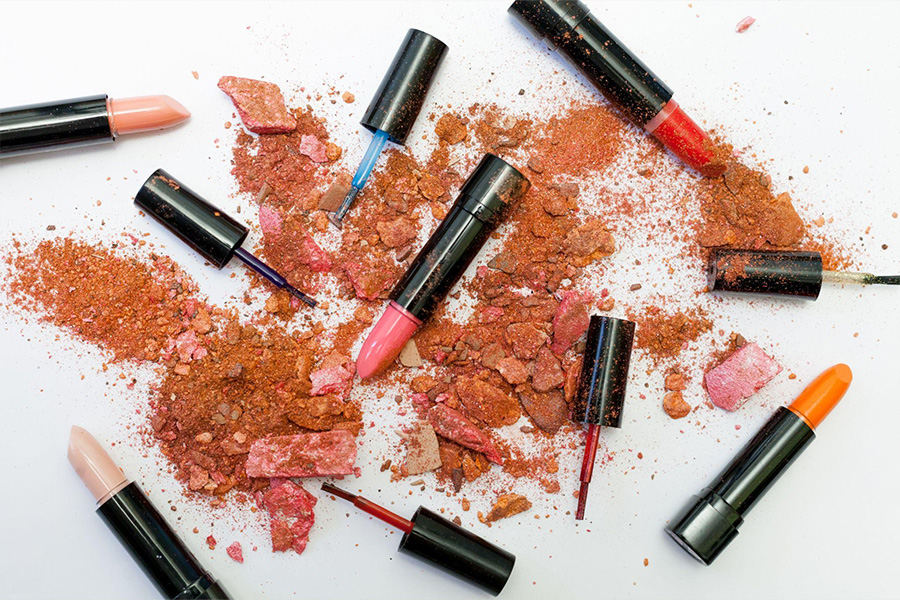
Existing beauty standards and behaviors will continue to be tested as we embrace technological advancement. Brands must adapt, be creative, experiment, and use technology to rise to the challenge.
Despite the economic downturn, the global cosmetic industry is expected to grow at a compound annual growth rate (CAGR) of 5.2% to US $50.28 billion by 2028. According to the NPD group, lipstick is the fastest growing segment in the cosmetic category, with sales increasing by 48% to US $222.2 million in 2022.
So read on to learn about the key makeup trends that will dominate the market in 2025.
6 Beauty trends leading to the future
Bold and clean beauty movement
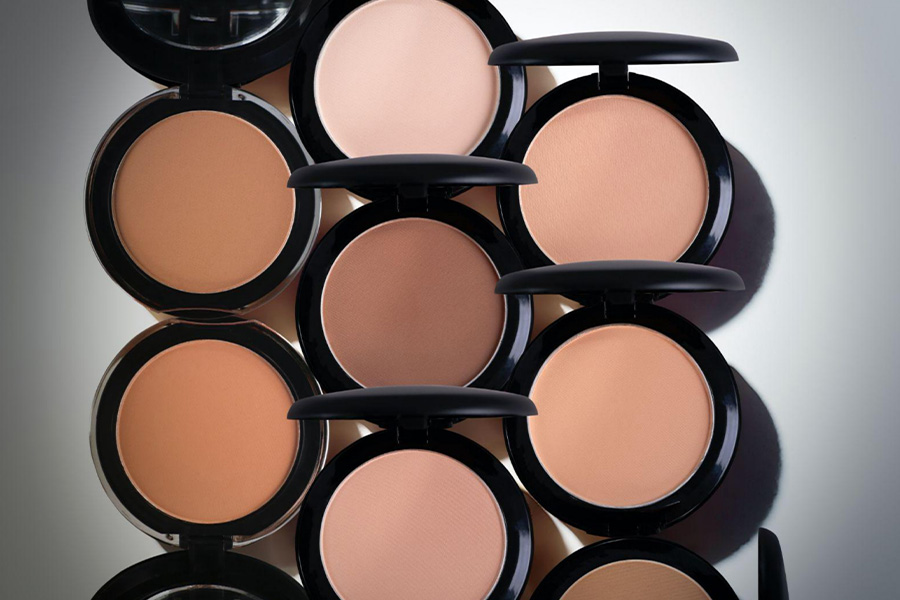
Beauty products that allow users to experiment with colors, such as advanced pigmented color palettes, will see a rise in usage. As more brands transition to skincare-infused cosmetics, all color palettes, including dyes and pigments, will be made of natural ingredients that are free from harmful chemicals. Some companies have already made the switch by offering lip colors made from plant-based Phyto pigments rather than artificial dyes.
There will be a surge in non-traditional beauty looks inspired by meta-face aesthetics, with bright embellishments and chromatic colors leading the way. This statement-worthy appearance will become more common as more brands embrace the shift and provide cosmetics that allow users to create looks inspired by digital world aesthetics.
Products that combine clean beauty with modern aesthetics will rise to prominence, such as high-pigment vegan eyeshadow palettes in vibrant tones, metallics and matte finishes, and creme highlighters with shimmering undertones.

Clean cosmetics must be accompanied by environmentally friendly packaging, as consumers increasingly prefer refillable, reusable, or recyclable packaging. Axiology provides zero-waste lip balm lids, whereas Rose Inc provides vegan lip colors in refillable and reusable packaging.
Customers will seek certifications for beauty products claiming they are clean because they want assurance from reputable sources. Furthermore, trans-seasonal and versatile color palettes that provide all-around glam will support the sustainable cause in the long term.
Space-inspired beauty
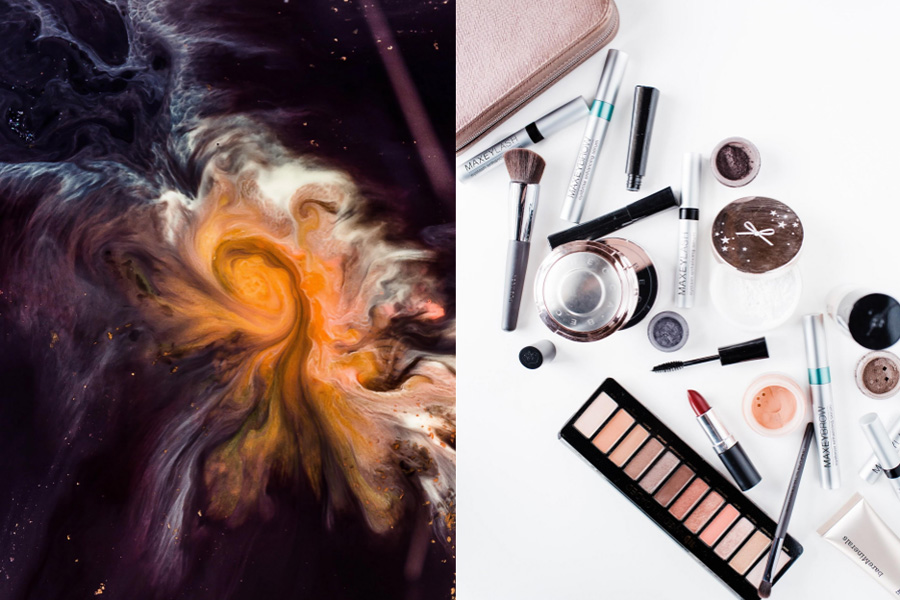
Taking a cue from metaverse-inspired beauty, cosmetics that draw inspiration from the universe will find new market opportunities. As space tourism becomes a reality, forward-thinking brands will embrace the concept and develop strategic beauty designs suitable for all types of travel.
Even though space travel is a niche luxury category, it encourages brands to develop innovative formulations in the long run. Estee Lauder, for example, launched ten bottles of its face cream into space via NASA’s spacecraft to support and develop commercial space stations.
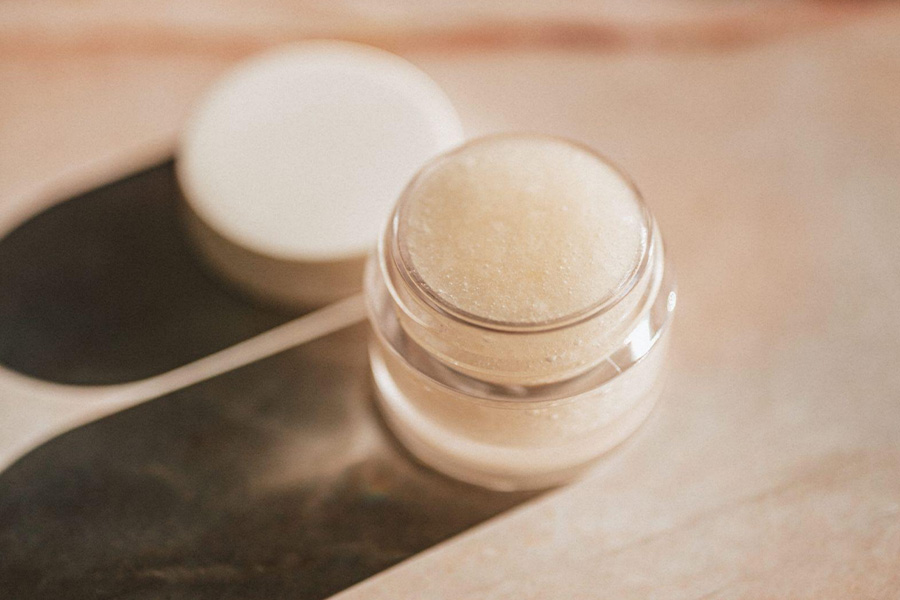
Brands that develop solutions based on space travel constraints will be successful. For example, Allyoop provides a smudge-free and waterproof eyeshadow stick that contains natural oils to lock in moisture and a liquid-filled makeup-removing swab at the tip to remove makeup.
Waterless products such as makeup removers that do not require water use will gain popularity. Further, ready-to-go cosmetic swatches that instantly apply pigments to the lids will be popular. Finally, space-inspired aesthetics such as Ariana Grande’s Space-themed r.e.m beauty will also make it to the top.
Minimalist makeup

Consumers will be drawn to cosmetics that prioritize skin health first and hybrid makeup that provides a whole routine in a few minutes. This is because many people will abandon unrealistic filters in favor of a bare-bones approach. Charlotte Tilbury’s kit allows users to achieve full glam in just three steps.
Furthermore, brands embracing healthy skin by normalizing freckles and introducing products that highlight beauty marks will be popular. And foundations that resemble natural skin tones will see success.
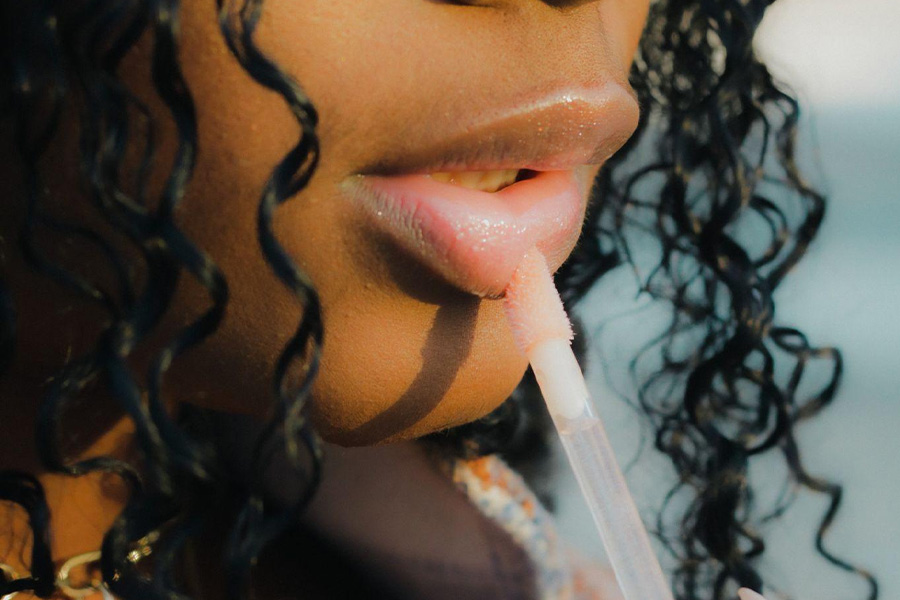
Gen Z customers will be drawn to skincare-forward makeup that nourishes the skin and can be worn while sleeping. Leading the way will be products that are free of soap, have naturally nourishing ingredients like plant extracts, and can be gently removed with water.
The no-makeup-makeup-look trends will also influence the minimalist aesthetic, and cosmetics with subtle tints that give skin a healthy glow will be in demand.
Future products will emphasize glossy, lightweight formulations rather than full coverage as more consumers embrace natural beauty. For instance, YSL’s bare look tint made of nourishing ingredients leaves a light stain on the lips and cheeks. Finally, clear makeup that is in line with minimalist aesthetics, such as clear lip gloss that provides a high shine, will be popular.
Makeup for all age groups
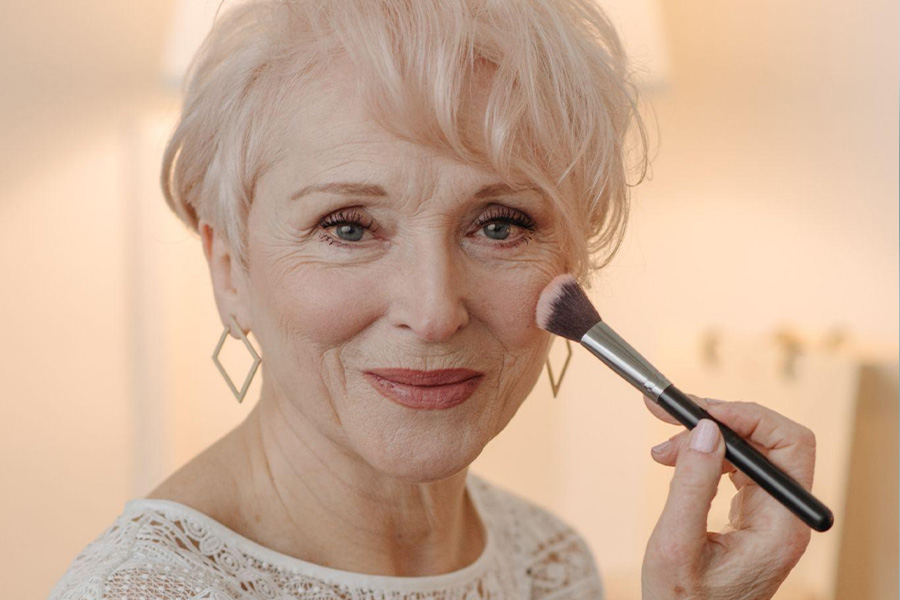
As beauty becomes more inclusive, pro-aging messaging should replace negative aging narratives. For example, the Canadian age-positive brand 19/99 believes that age should not define beauty and offers multipurpose products for everyone.
However, the desire for self-expression does not negate the desire to maintain a youthful appearance. The global anti-aging cosmetic market is expected to expand at a 5.8% CAGR. Thus, pro-age skincare-infused makeup will appeal to this demographic.
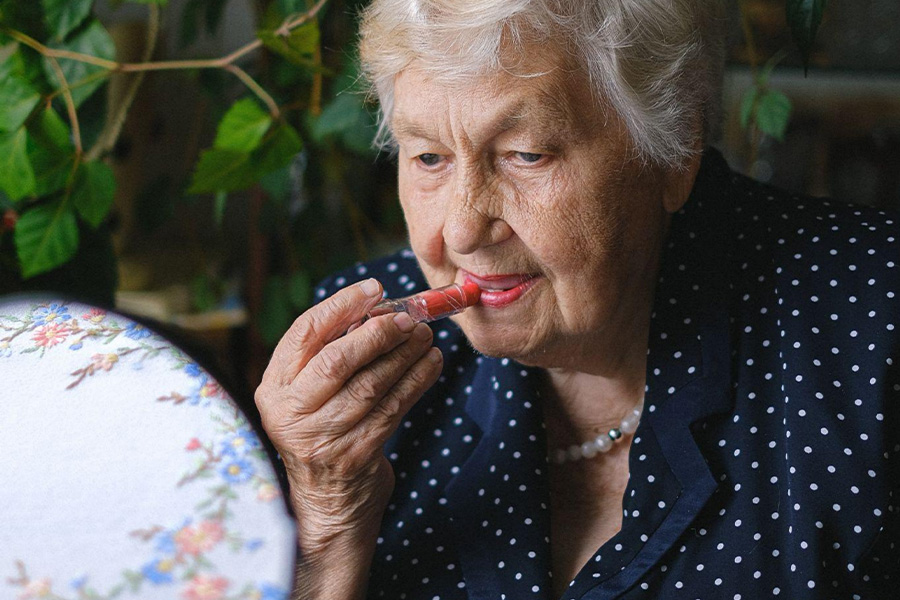
Brands that use an age-positive approach in their campaign’s messaging, formulations, and design will be popular among the older demographics. Laura Geller Beauty provides a curated selection of eye cosmetics with step-by-step instructions. Olay’s easy-to-use cosmetics and Rare Beauty’s grip-friendly designs are prime examples of brands catering to different demographics.
Affordable minis
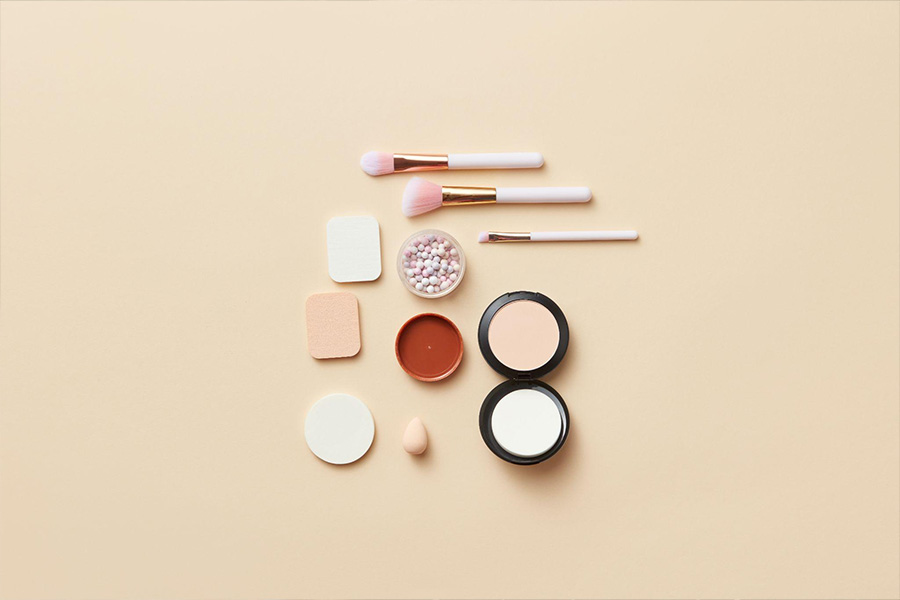
Driven by the cost of living crisis and the shift to online shopping, miniature versions of full-sized makeup will become a mainstay, making premium items more accessible. With global online beauty sales increasing by 16.5% and 67% of consumers now shopping differently, brands must adapt and leverage the digital shopping experience.
Trial kits and minis allow users to test products without committing, resulting in higher satisfaction and less waste from incorrect purchases. Sephora has a dedicated minis section, whereas K-beauty offers complimentary minis with primary purchase.
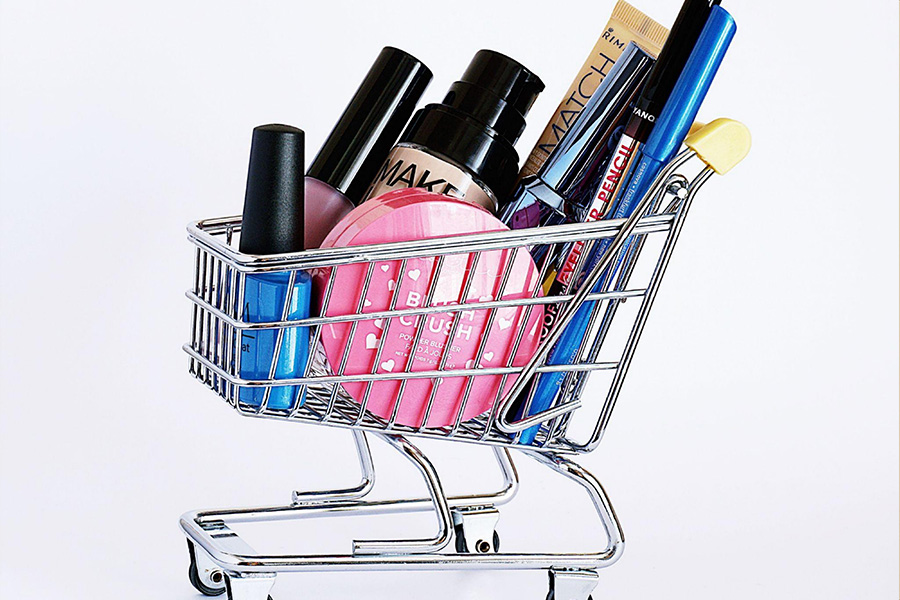
Brands must implement sustainable packaging to ensure that minis do not generate waste. They can accomplish this by providing single-dose products packaged with recycled paper as well as sample jars made of recycled green tea fibers.
According to Euromonitor, beauty samples are the third most important factor driving sales. As part of a loyalty program that sees a 30% repeat purchase, Smashbox allows users to choose two samples after making a purchase.
All-inclusive designs
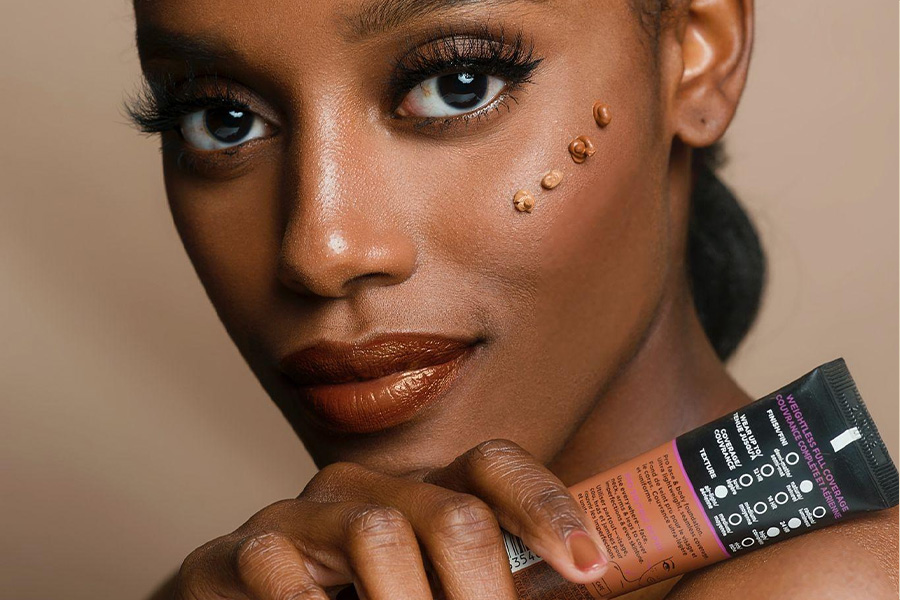
The industry is moving toward inclusivity, and the demand for full representation is non-negotiable where the products are accessible to all. Even though the beauty industry has made strides to serve marginalized groups, more work is required because 15% of the world’s population lives with some form of disability and has been largely overlooked.
Products with grip-friendly designs and online tutorials for the visually impaired will fare well in the market. Hiring influencers with disabilities will also help to dispel negative stereotypes and gain the approval of many millennials.
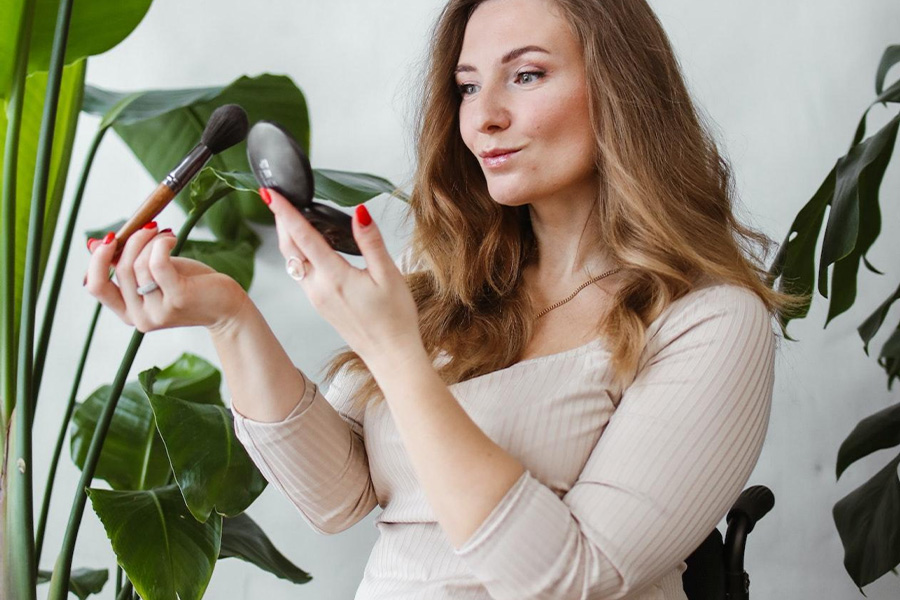
Brands that incorporate a universal design with products that are easy to open and use will be impactful. Procter & Gamble, for example, has stated that by 2025, it will make its products more accessible to people with disabilities, with easy-to-use cosmetics, tactile markings, and braille labels to identify different products quickly.
Dynamics that will define the future of makeup
The metaverse will dominate beauty conversations with shoppers seeking a fully immersive and interactive experience. Virtual realities should be prioritized to provide for customers seeking something novel and exciting.
Millennials will gravitate toward brands that offer a diverse range of cosmetics for all individuals. Plastics and harmful chemicals will be phased out in favor of new and inventive formulas. Visit Alibaba.com’s blog center to gain more insights into the industry trends in the beauty industry.
